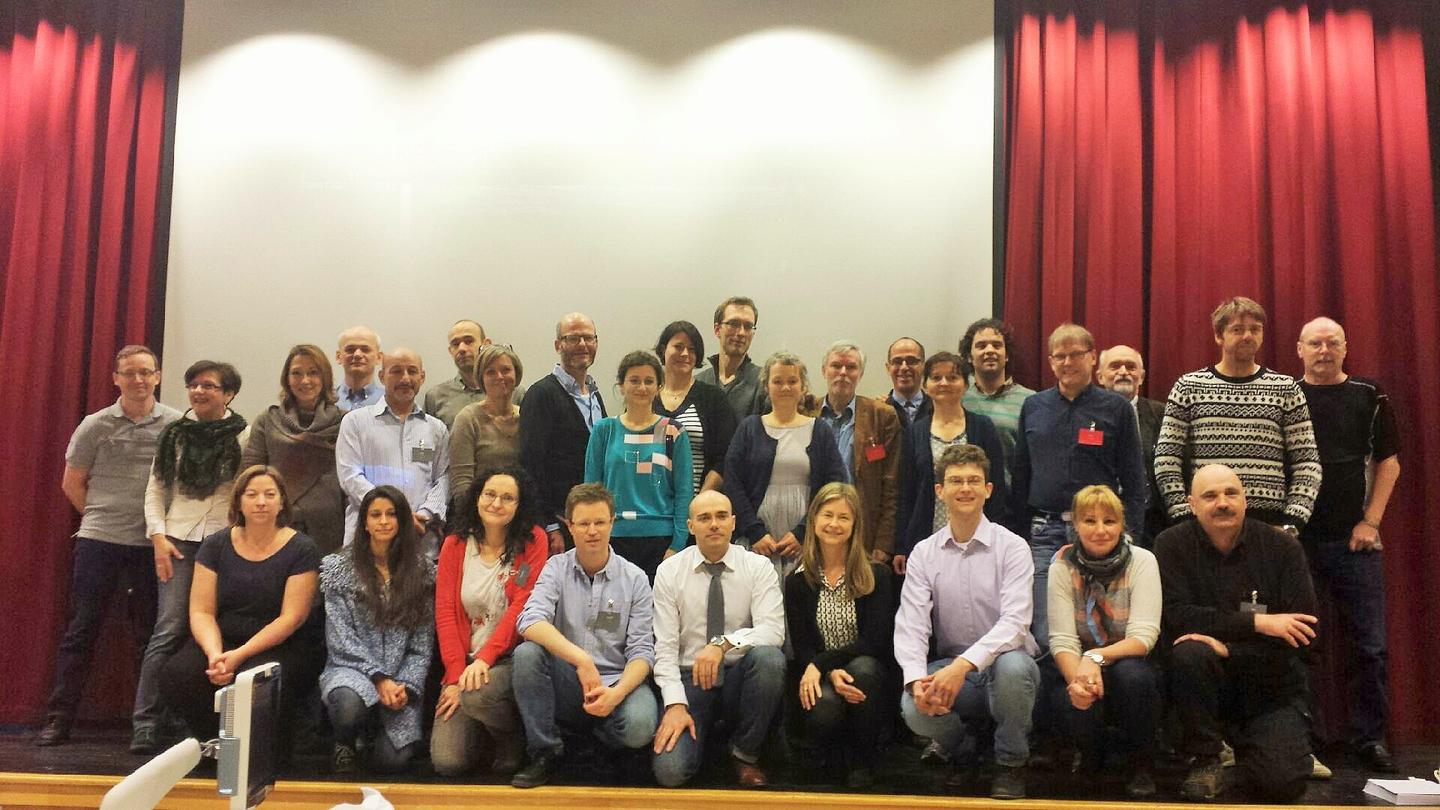Systemic large vessel vasculitis is a disease caused by inflammation of the blood vessels. If not treated, it can lead to blindness. In order to avoid this, an early diagnosis is important, explains Dr Diamantopoulos from the Department of Rheumatology in the Southern Norway Hospital in Kristiansand:
”The use of ultrasound in systemic large vessel vasculitis has made it possible to deliver a quick and accurate diagnosis. This ‘fast track’ approach has reduced risk of blindness significantly.”
Those who suffer from this condition often report severe chronic headaches, weight loss and other constitutional symptoms (e.g. fatigue). The disease is not deadly, but may cause visual disturbances and in the worst case blindness. Older people are particularly vulnerable. Thankfully, the worst effects are avoidable if the patient receives an early diagnosis.
“The reduction of vision or blindness may occur quite suddenly. By using ultrasound, we are able to give the diagnosis within 24 hours and treat the patients accordingly, most commonly through cortisone treatment,” Dr Diamantopoulos explains.
As a result of the early diagnosis the risk of blindness has decreased significantly – from 25% to around 2%.
Cooperation
Dr Diamantopoulos has studied the disease extensively for many years. All modern ultrasound equipment can detect the disease, but the method of detecting it is not that widely used.
Through the project, the method of using ultrasound has been shared with two Polish doctors from the Department of Rheumatology and Internal Medicine at the Pomeranian Medical University in Szczecin. The training took place one week before an international conference on using ultrasound in large vessels vasculitis and polymyalgia rheumatic, a syndrome causing pain and stiffness in the muscles, in Kristiansand, Norway 21-23 March 2014. The training programme familiarised the Polish doctors with the use of ultrasonography in everyday medical practice.
Mutual benefits
Dr Marcin Milchert from the Department of Rheumatology and Internal Medicine at the Pomeranian Medical University in Szczecin is one of the Polish physicians involved in the project. He emphasises the importance of sharing knowledge on new techniques:
“This project is a great success and we are working very well together. This is a kind of cooperation is something we can continue to build on.”
One example is the use of telemedicine where Dr Diamantopoulos is being consulted in especially difficult cases. Dr Diamantopoulos also sees this as an advantage working within a field that is developing quickly.
“This cooperation is a typical win-win for both of us. There is a great potential for more research and reliable diagnostic results play an important role in this.”
About the project
The project started 1 January 2014 and ended 18 June 2014. It received €14 660 from Iceland, Liechtenstein and Norway through the ‘Development and better adaptation of health care to demographic and epidemiological trends’ programme in Poland. One of the aims of the programme is to address important health care needs in Poland in respect to the ageing population.
Read more about the programme here
Read more about programmes and projects taking place in Poland on their country page

